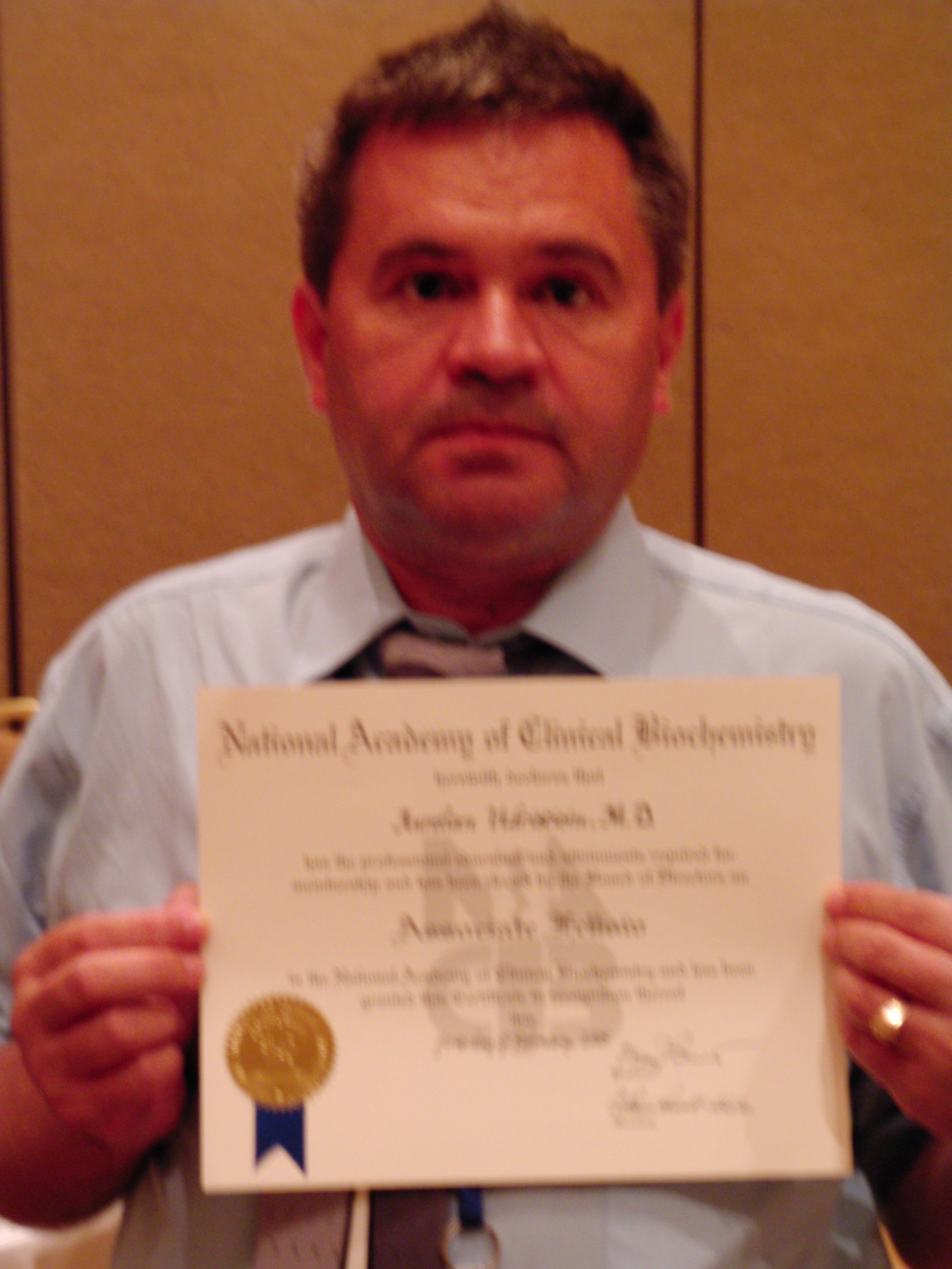My future Project in Horizon 2020
8 years agoTransformative character of the proposed activities
(~ 1 page)
Describe how the proposed activities are complementary with existing initiatives and have a transformative character with a high potential impact, in particular through changes of organisation and practices (, by bringing together different disciplines or by developing new methodologies, evaluation metrics, benchmarking protocols, data production and sharing protocols, test platforms, and other tools supporting coordination of efforts and reproducibility of experiments, novel approaches to academia-industry co-operation for enabling disruptive product and process innovation, creation of new markets, new companies, etc.).
A dysfunctional apoptotic pathway may lead to the development of cancers. Due to the sensitivity of the intrinsic pathway, tumors arise more often through the intrinsic pathway than the extrinsic pathway . A very common cause of malignant tumors through the intrinsic pathway is a mutation in the p53 protein (tumor-suppressor protein). Besides regulating apoptosis, p53 also regulates the checkpoints of the cell cycle, DNA repair, senescence, and genomic integrity.
A mutation causes the p53 gene to lose any of its functions will inevitably lead to carcinogenesis by letting the cell grow indefinitely, without any regulation. The p53 gene has been mapped in chromosome 17. In the cell, p53 protein binds DNA, stimulating another gene to produce the protein p21 that interact with cycle cell in division, stimulating a protein of stop division (cdk2). Another important factor in carcinogenetic process is the balance between the pro-apoptotic and anti-apoptotic members of the Bcl-2 family. In a tumor cell, a mutation in the Bcl-2 gene results in increased expression will suppress the normal function of the pro-apoptotic proteins BAX and BAK, leading to malignancy.
In the normal cell, the p53 protein binds DNA, stimulating another gene to produce a protein called p21, which interacts with a cell division stimulating protein (cdk2) [11]. When p21 forms a complex with cdk2, the cell cannot pass through to the next stage of cell division, and remains arrested in G1.
The p53 protein product of a TP53 mutant gene cannot bind DNA in an effective way, and as a consequence, the p21 protein is not made available to act as the stop signal for the cell cycle/cell division. Therefore, cells divide uncontrollably and form tumors [4] Not surprisingly, there is an increased frequency in the amplification of the ubiquitin ligases protein (MDM2) involved in the mechanism for the down regulation of p53 activity through ubiquitin-dependent proteosomal degradation of p53.
; Long-term plans beyond the project
(~ 1 page)
Describe long-term plans to further develop research and innovation in the domain beyond the proposed project, and how these plans can be updated at the end of the project by taking into account its outcomes.
Further studies are necessary to detect to patients with high concentrations of ATP the mutations, translocations or deletions of the p53 gene, using molecular complex technologies, in the discovery of mechanisms in the carcinogenesis process
; Relevance to the topic
(~ 1 page)
Explain how the proposal addresses the specific scope of the topic.
P53 has been shown to promote hematopietic stem cells (HSCs) quiescence and self-renewal with recent studies showing that deficiency of p53 likely promotes acute myeloid leukemia (AML) by eliminating its ability to limit aberrant self-renewal in hematopoietic progenitors. Micro RNAs (miRNAs) are small non-protein-coding RNAs that regulate gene expression by inhibiting the translation or catalyzing the degradation of target mRNAs. Since the first miRNA, lin-4, was identified in 1993, miRNAs have been shown to play critical roles in the regulation of many biological processes including cell differentiation, proliferation, and apoptosis, with significant influences on normal and malignant hematopoiesis.
In this context the nuclear p-53 proteine was showed that protect the cell of a malignant process, and only citoplasmatic p-53 proteine, by its izoforms, in modified citoplsmatic medium, by high concentration of anaerobic ATP, drives at ;

Please Log In to See This Section